Home>Interior Design>How To Choose A Mattress And Ensure Sleep Comfort


Interior Design
How To Choose A Mattress And Ensure Sleep Comfort
Modified: November 2, 2024
Learn how to choose the perfect mattress for a good night's sleep and ensure optimal comfort in your interior design.
(Many of the links in this article redirect to a specific reviewed product. Your purchase of these products through affiliate links helps to generate commission for Storables.com, at no extra cost. Learn more)
Introduction
Choosing the right mattress is crucial for ensuring a good night’s sleep and waking up feeling refreshed and rejuvenated. Sleep plays an essential role in our overall health and well-being, and a comfortable mattress is a key factor in achieving quality sleep. With the plethora of options available on the market, selecting the perfect mattress can be a daunting task. However, with a little guidance and understanding of your sleep needs, you can make an informed decision that will greatly improve your sleep comfort.
When it comes to choosing a mattress, it’s important to consider factors such as your sleep patterns, preferences, body type, and any specific requirements you may have. Understanding your sleep needs will help you narrow down the options and find the mattress that suits you best. Whether you have back pain, sleep hot, or prefer a certain level of firmness, this guide will provide you with the knowledge and insights to make the right choice.
In this article, we will explore the different types of mattresses available on the market, the importance of firmness levels, considerations for different sleeping positions, mattress sizes, budget considerations, quality and durability, mattress materials and construction, testing and trying out mattresses, as well as warranty and return policies. By the end, you will have a comprehensive understanding of how to choose a mattress that ensures sleep comfort.
So, let’s dive in and discover the secrets to finding the perfect mattress for your needs!
Key Takeaways:
- Prioritize your sleep needs by understanding factors like sleep position, firmness, and budget when choosing a mattress. Test different options and take advantage of trial periods to ensure a perfect fit.
- Consider mattress size, quality, and durability, and understand warranty and return policies to protect your investment. Invest in a high-quality mattress that supports your unique sleep needs for years to come.
Understanding Your Sleep Needs
Before diving into the world of mattress options, it’s important to take a moment to assess your sleep needs. Sleep preferences can vary significantly from person to person, so understanding your individual requirements is key in finding the right mattress for you.
Firstly, consider your sleep patterns. Are you a side sleeper, a back sleeper, or a stomach sleeper? Do you tend to move around a lot during the night or stay relatively still? These factors will help determine the level of support and comfort your mattress should provide. For example, side sleepers may benefit from a softer mattress that allows for sufficient shoulder and hip cushioning, while back sleepers may require more support to maintain proper spinal alignment.
Next, think about any specific health concerns or conditions you may have. If you suffer from back or joint pain, selecting a mattress that offers targeted support and pressure relief in these areas can make a world of difference. Similarly, if you tend to sleep hot, look for mattresses with cooling features, such as gel-infused memory foam or breathable materials, to help regulate your body temperature and prevent overheating during the night.
Body type also plays a significant role in determining the level of firmness and support needed. Those who are heavier may require a firmer mattress to ensure adequate support and prevent sinking too much into the mattress, while those who are lighter may find a softer mattress more comfortable.
Lastly, assess your personal comfort preferences. Do you like the feeling of being cradled by the mattress or do you prefer a firmer, more supportive surface? This will help you determine the ideal firmness level for your mattress.
By taking the time to understand your sleep patterns, health concerns, body type, and comfort preferences, you will be able to narrow down the options and choose a mattress that caters to your individual needs. Remember, everyone is unique, and what works for someone else may not work for you. So, trust your instincts and prioritize your comfort and sleep quality when selecting a mattress.
Types of Mattresses
When it comes to mattresses, there is a wide variety of options available on the market. Each type of mattress offers unique features and benefits, catering to different sleep needs and preferences. Let’s explore some of the most common types of mattresses:
- Innerspring Mattresses: Innerspring mattresses are constructed with a network of steel coils or springs that provide support and stability. These mattresses are known for their bounce and responsiveness. They also tend to be more affordable compared to other types of mattresses. However, they may lack the pressure relief and motion isolation of other mattress types.
- Memory Foam Mattresses: Memory foam mattresses are made from a high-density foam that contours to the shape of your body, providing personalized support and pressure relief. This type of mattress is great for isolating motion, making it an ideal choice for couples or light sleepers. Memory foam mattresses also have the added benefit of reducing pressure points and promoting proper spinal alignment.
- Latex Mattresses: Latex mattresses are made from natural or synthetic latex foam. They are known for their durability, bounce, and breathability. Latex mattresses offer a responsive and supportive surface that conforms to your body without sinking too much. They are also hypoallergenic and resistant to dust mites and mold, making them a popular choice for those with allergies.
- Hybrid Mattresses: Hybrid mattresses combine the features of different mattress types. Typically, they have a combination of innerspring coils and layers of foam or latex. The goal is to offer the best of both worlds – the support and bounce of innerspring mattresses and the pressure relief and contouring of memory foam or latex. Hybrid mattresses are a great choice for individuals who want a balance of comfort, support, and durability.
- Pillow-top Mattresses: Pillow-top mattresses have an additional layer of padding sewn onto the top surface. This extra layer of cushioning provides added comfort and softness. Pillow-top mattresses are available in a variety of materials, including memory foam, latex, or even a combination of both. They offer a plush and luxurious feel, perfect for those who prefer a softer sleeping surface.
Each type of mattress has its own benefits and considerations. It’s important to try out different types and see which one feels the most comfortable and supportive for you. Remember, there is no one-size-fits-all solution when it comes to mattresses, so take the time to find the type that suits your unique sleep needs and preferences.
Firmness Levels
Firmness levels are an important factor to consider when choosing a mattress. The level of firmness can greatly impact your comfort and support while you sleep. However, determining the right firmness level for you can be subjective and dependent on your personal preference and sleep patterns.
Generally, mattresses are categorized into three main firmness levels: soft, medium, and firm. Let’s take a closer look at each of these:
- Soft: A soft mattress typically provides a plush and cushioned feel. It allows your body to sink into the mattress, providing a gentle cradle-like sensation. Soft mattresses are ideal for side sleepers and those who prefer a more contouring and pressure-relieving surface. They help alleviate pressure points and prevent discomfort in sensitive areas such as the shoulders and hips.
- Medium: A medium-firm mattress offers a balanced level of support and comfort. It provides a combination of pressure relief and support, making it suitable for various sleeping positions. A medium firmness level is often preferred by back sleepers and those who prefer a versatile sleeping surface that accommodates different needs and sleeping positions.
- Firm: A firm mattress provides a solid and supportive surface. It offers minimal sinkage and keeps the body in a more elevated position. Firm mattresses are generally recommended for stomach sleepers and individuals who require extra support for their back and spine. They promote proper spinal alignment and help prevent sagging.
Choosing the right firmness level is crucial for ensuring a comfortable sleeping surface that caters to your body’s specific needs. Keep in mind that personal preference and factors such as weight, sleeping position, and any existing health concerns should influence your decision.
It’s important to note that some mattress brands may have their own firmness rating scale, and what one brand considers to be medium-firm may differ from another brand’s definition. To get a better sense of the firmness level, it’s advisable to try out the mattress or read customer reviews to gauge its actual feel.
If you’re uncertain about the firmness level, consider looking for mattresses that offer a trial period or return policy. This allows you to test the mattress in the comfort of your own home and ensure it meets your sleep needs before making a final decision.
Overall, finding the right firmness level is a balancing act between comfort and support. By taking into consideration your preferred sleeping position, body type, and personal preference, you can select a mattress that provides the optimal level of firmness for your sleep comfort.
Considerations for Different Sleeping Positions
Your sleeping position plays a crucial role in determining the type of support and comfort you need from your mattress. Different sleeping positions require different levels of firmness and targeted support to ensure proper spinal alignment and relieve pressure points. Let’s take a look at the considerations for each sleeping position:
- Side Sleepers: Side sleepers generally benefit from a slightly softer mattress that provides cushioning for the shoulders and hips. A mattress with good pressure relief is essential to minimize discomfort and allow for proper alignment of the spine. Look for a mattress that contours to the curves of your body, relieving pressure in these areas and promoting a more comfortable sleep.
- Back Sleepers: Back sleepers need a mattress that offers both support and firmness. The goal is to maintain the natural curvature of the spine and alleviate any strain on the lower back. Look for a medium to firm mattress that provides adequate support for your back, while still offering some contouring to ensure comfort.
- Stomach Sleepers: Stomach sleepers should opt for a firmer mattress to keep their spine in alignment and prevent sinking too deeply into the mattress. A firmer surface helps avoid strain on the neck and lower back by keeping the body elevated. Look for a mattress that provides enough support to keep your body in a neutral position while still offering some cushioning for comfort.
It’s important to note that these sleeping positions are general guidelines, and many individuals tend to move around during the night. If you’re a combination sleeper who switches between different positions, you may want to consider a mattress that offers a balance of support and pressure relief to accommodate your various sleeping preferences.
Additionally, consider any specific concerns or health issues you may have. For example, if you suffer from back pain, you may benefit from a mattress that provides extra lumbar support or targeted pressure relief in that area. Similarly, if you have a tendency to sleep hot, look for a mattress that promotes airflow and temperature regulation to keep you cool and comfortable throughout the night.
Ultimately, the goal is to find a mattress that works harmoniously with your sleeping position to provide optimal support, pressure relief, and comfort. Remember to consider your sleeping position, any specific concerns you may have, and your personal preference when selecting the perfect mattress for a restful night’s sleep.
Read more: How To Sleep On The Floor Comfortably
Mattress Sizes
When choosing a mattress, it’s important to consider the size that best fits your needs and the available space in your bedroom. Mattresses come in a range of sizes, each catering to different requirements. Let’s explore the various mattress sizes:
- Twin: A twin mattress, also known as a single mattress, is the smallest standard size available. It measures approximately 38 inches in width and 75 inches in length. Twin mattresses are ideal for children’s rooms, bunk beds, or small guest rooms where space is limited.
- Twin XL: The twin XL mattress is the same width as a twin mattress but has additional length, measuring around 38 inches in width and 80 inches in length. Twin XL mattresses are commonly found in college dorms or for taller individuals who need the extra legroom.
- Full: A full-size mattress, also known as a double mattress, measures approximately 54 inches in width and 75 inches in length. Full mattresses provide more width compared to twin mattresses, making them suitable for single sleepers who desire a bit more space or for smaller guest rooms where a larger bed is preferred.
- Queen: The queen-size mattress is one of the most popular mattress sizes on the market. It measures approximately 60 inches in width and 80 inches in length, providing ample space for individuals or couples who like to spread out while still fitting in most bedrooms.
- King: King-size mattresses are larger and offer more space for couples or individuals who prefer extra room to move around while sleeping. A standard king mattress measures around 76 inches in width and 80 inches in length, providing plenty of space for a comfortable night’s sleep. However, it’s worth noting that king-sized mattresses require a larger bedroom due to their dimensions.
- California King: California king mattresses are slightly longer and narrower than standard king mattresses. They measure approximately 72 inches in width and 84 inches in length. California king mattresses are a suitable choice for taller individuals who require extra legroom or individuals with narrower bedrooms that cannot accommodate a traditional king-size bed.
It’s essential to consider the size of your bedroom, the number of sleepers, and your personal preferences when selecting a mattress size. If you sleep alone and have limited space, a twin or full-size mattress may be more appropriate. Couples or those who enjoy extra space may want to opt for a queen, king, or California king-size mattress.
It’s also worth noting that mattress sizes can vary slightly between different brands or countries. If you’re unsure about the specific measurements, consult the manufacturer’s website or contact a local retailer for accurate information.
Remember, choosing the right mattress size is crucial for ensuring comfort and functionality in your bedroom. By considering your needs and the available space, you can find the perfect mattress size that enhances your sleep experience.
When choosing a mattress, consider your sleeping position and any specific health concerns. Look for a mattress that provides proper support and comfort for your body, and consider factors such as firmness, material, and breathability to ensure a good night’s sleep.
Budget Considerations
When it comes to purchasing a mattress, it’s essential to consider your budget. Mattresses can vary greatly in price, and it’s important to find a balance between affordability and quality. Here are some budget considerations to keep in mind:
1. Determine your budget: Before you begin the search for a mattress, it’s important to determine how much you are willing to spend. Set a realistic budget that aligns with your financial capabilities and priorities.
2. Research price ranges: Familiarize yourself with the general price ranges for mattresses. This will help you understand what you can expect within your budget and avoid overpaying for a mattress that may not provide the value you desire.
3. Know what you’re paying for: Consider the features and materials you prioritize in a mattress. Premium materials and advanced technologies may come at a higher cost. Determine which features are essential for your sleep comfort and prioritize those when making purchasing decisions.
4. Consider long-term investment: Keep in mind that a mattress is an investment in your sleep and overall well-being. Spending a bit more for a high-quality mattress that will provide comfort and durability over the long term may be worth it compared to constantly replacing a cheaper mattress that wears out quickly.
5. Look for sales and promotions: Keep an eye out for sales, discounts, and promotions offered by mattress retailers. Many stores offer seasonal sales or holiday promotions that can help you save money without compromising on quality.
6. Explore different brands: Don’t limit your options to big-name brands. Research and consider lesser-known brands that offer quality mattresses at more affordable prices. Read customer reviews and look for certifications or warranties to ensure the brand and mattress meet your standards.
7. Take advantage of trial periods and warranties: Look for mattresses that come with trial periods and generous warranty coverage. This allows you to test the mattress in your own home and ensure it meets your comfort needs. Warranty coverage can provide peace of mind and protect your investment in case of any manufacturing defects or issues.
Remember, while it’s important to stick within your budget, compromising too much on quality can negatively impact your sleep comfort and overall satisfaction with the mattress. Finding the right balance between budget and quality is key in choosing a mattress that provides the comfort and support you need for a restful night’s sleep.
Quality and Durability
When investing in a mattress, quality and durability are crucial considerations. A good-quality mattress not only provides comfort and support but also lasts for a considerable amount of time. Here are some factors to consider when assessing the quality and durability of a mattress:
1. Materials: The materials used in the construction of a mattress greatly impact its quality and durability. Look for mattresses made with high-quality materials, such as natural latex, high-density memory foam, or durable coils. These materials are known for their longevity and ability to withstand years of use.
2. Construction: Pay attention to the construction of the mattress. Look for well-constructed mattresses with solid stitching and reinforced edges. Quality craftsmanship ensures that the mattress will maintain its shape and support over time.
3. Density and thickness: Consider the density and thickness of the materials used in the mattress. Higher-density foams or thicker coil gauges often indicate better quality and durability. These materials are more resistant to sagging and can better withstand the daily wear and tear of use.
4. Edge support: A mattress with solid edge support provides stability and prevents sagging along the edges. This is especially important if you tend to sit or sleep near the edge of the bed. Look for mattresses with reinforced edges or extra support systems to ensure durability and prevent premature wear.
5. Brand reputation: Research the reputation of the brand you are considering. Look for reputable brands known for their commitment to quality and customer satisfaction. Read customer reviews and testimonials to gauge the experiences of others who have purchased mattresses from the brand.
6. Certifications: Check if the mattress has any certifications, such as CertiPUR-US or Oeko-Tex Standard 100. These certifications ensure that the mattress has undergone rigorous testing for harmful chemicals and meets certain quality and environmental standards.
7. Warranty: Review the warranty coverage offered by the manufacturer. A longer warranty period often indicates the manufacturer’s confidence in the mattress’s quality and durability. Look for warranties that cover manufacturing defects, sagging, or other issues that may arise over time.
It’s important to remember that quality and durability often come with a higher price tag. Investing in a high-quality mattress may require a larger budget upfront, but it can save you money in the long run by providing years of comfortable and supportive sleep.
Ultimately, prioritize quality and durability when selecting a mattress. By choosing a mattress made with top-notch materials, solid construction, and reputable brand, you can ensure that you’re investing in a mattress that will provide you with restful nights of sleep for years to come.
Mattress Materials and Construction
The materials and construction of a mattress play a critical role in determining its comfort, support, and durability. Understanding the various mattress materials and construction methods will help you make an informed decision when choosing the right mattress for your needs. Here are some common mattress materials and construction techniques:
1. Innerspring: Innerspring mattresses are built with a system of interconnected steel coils or springs. These coils provide support, stability, and bounce. The quality of an innerspring mattress is often determined by the number of coils, the gauge of the coils (thicker gauges tend to be more durable), and the distribution of the coils (such as pocketed coils that reduce motion transfer).
2. Memory Foam: Memory foam mattresses are known for their contouring properties. They are made from a high-density polyurethane foam that responds to body heat and pressure, conforming to the body’s shape. Memory foam provides excellent pressure relief and motion isolation, making it a popular choice for those seeking premium comfort and support.
3. Latex: Latex mattresses are constructed using latex foam derived from either natural or synthetic sources. Natural latex is derived from rubber tree sap, while synthetic latex is made from petroleum-based products. Latex mattresses offer excellent responsiveness, durability, and temperature regulation. They are also hypoallergenic and resistant to dust mites and mold.
4. Hybrid: Hybrid mattresses combine different materials to provide the benefits of multiple mattress types. Typically, they feature a combination of innerspring coils and layers of foam, latex, or gel. Hybrid mattresses offer a balance of support, pressure relief, and responsiveness, making them suitable for a wide range of sleepers.
5. Pillow-top: Pillow-top mattresses have an additional layer of padding sewn onto the top surface. This layer is often made of plush materials like memory foam, latex, or fiberfill. Pillow-top mattresses provide extra cushioning and a luxurious feel. They can be either integrated into the mattress construction or added as a detachable mattress topper.
6. Airbeds: Airbeds use inflatable chambers filled with air as the primary support system. The firmness of the mattress can be adjusted by adding or removing air. Airbeds are ideal for customizable firmness, making them suitable for sleepers with specific preferences or for individuals who need frequent adjustment due to medical conditions.
7. Organic and Natural: Organic and natural mattresses are made from materials that are sourced from organic or eco-friendly sources. These mattresses avoid the use of chemicals, pesticides, and synthetic materials. They are an excellent choice for those seeking a healthier and more sustainable sleep environment.
Each material and construction method offers unique qualities and benefits. Consider your personal preferences, such as desired firmness, pressure relief, temperature regulation, and motion isolation, when deciding on the right mattress material and construction for you.
It’s important to note that there are variations within each category, and different brands may use proprietary techniques or combinations of materials. Researching and testing mattresses will help you find the perfect combination of materials and construction that aligns with your comfort and support needs.
Testing and Trying Out Mattresses
When it comes to choosing a mattress, it’s essential to take the time to test and try out different options before making a final decision. Testing mattresses allows you to assess their comfort, support, and suitability for your sleep needs. Here are some tips for testing and trying out mattresses:
1. Visit a showroom: Visit a mattress showroom or store that allows you to physically try out mattresses. This will give you the opportunity to lie down, simulate your typical sleep positions, and get a feel for how the mattress supports your body.
2. Wear comfortable clothing: Dress comfortably when trying out mattresses. Wearing loose-fitting clothing allows you to move freely and experience the full range of comfort and support offered by each mattress.
3. Spend sufficient time: Lie on each mattress for a reasonable amount of time. Spend at least 10-15 minutes on each mattress to get a sense of its supportiveness and pressure relief. This will help you gauge whether the mattress is suitable for your sleeping preferences.
4. Try different sleep positions: Test the mattress in different sleep positions to see how it responds. If you primarily sleep on your side, try lying on your side and note the level of comfort and pressure relief around your hips and shoulders. Similarly, test the mattress in your typical back or stomach sleeping position to ensure it offers adequate support and spinal alignment.
5. Seek assistance from sales representatives: Don’t hesitate to ask questions and seek guidance from knowledgeable sales representatives. They can provide insights into the features, materials, and construction of each mattress. It’s important to communicate your sleep preferences, health concerns, and any specific requirements you may have.
6. Consider your sleeping partner: If you share your bed with a partner, bring them along to test out mattresses together. It’s important to ensure both of you are comfortable and adequately supported. Take into account factors such as motion transfer, which may be more critical for light sleepers sharing a bed.
7. Take advantage of trial periods: Many mattress brands offer trial periods that allow you to test the mattress in the comfort of your own home. Take advantage of these trial periods to truly assess how the mattress performs over an extended period. Pay attention to factors like overall comfort, pressure relief, and the impact on your sleep quality.
Remember that personal comfort and preference play a significant role in finding the right mattress. Trust your instincts and listen to your body’s response to each mattress you try. By testing and trying out mattresses, you can make an informed decision and choose a mattress that provides the comfort and support you need for a restful night’s sleep.
Warranty and Return Policies
When purchasing a mattress, it’s important to understand the warranty and return policies offered by the manufacturer or retailer. These policies can provide you with peace of mind and ensure that you are protected in case of any issues or concerns. Here are some key points to consider regarding warranty and return policies:
1. Warranty coverage: Review the warranty coverage for the mattress you are considering. Check the duration of the warranty, as it can vary from brand to brand. Most mattress warranties range from 5 to 20 years, with some even offering lifetime coverage for specific components, such as the coils or foam layers. Ensure that the warranty covers any manufacturing defects, such as sagging or broken coils.
2. Sagging terms: Pay attention to the warranty’s guidelines regarding sagging. Sagging occurs when the mattress develops visible depressions or indentations beyond a certain depth. Check if the warranty specifies the acceptable depth of sagging before it is deemed eligible for a warranty claim. Keep in mind that sagging can impact the comfort and support of the mattress, so look for a warranty that covers substantial sagging.
3. Non-prorated vs. prorated warranties: Understand whether the warranty is non-prorated or prorated. A non-prorated warranty provides full replacement or repair coverage for the duration of the warranty period. On the other hand, a prorated warranty means that the coverage reduces over time, and you may be responsible for a portion of the cost for repairs or replacements after a certain period. A non-prorated warranty offers more comprehensive protection and is preferable.
4. Return policies: Familiarize yourself with the return policy of the retailer or manufacturer. Some companies offer a trial period during which you can return the mattress and receive a full refund if you’re not satisfied with your purchase. Make sure to understand the terms and conditions of the return policy, including any associated costs, time limits, or restocking fees.
5. Mattress condition: Keep in mind that warranty and return policies often require the mattress to be in good condition. This means that stains, tears, or damage caused by improper use may void the warranty or prevent you from returning the mattress. Furthermore, some policies may require the mattress to be returned in its original packaging.
6. Customer service and support: Consider the reputation and responsiveness of the manufacturer or retailer’s customer service team. A reliable and helpful customer service team can make a significant difference if you encounter any issues or need assistance with the warranty or return process.
It’s important to thoroughly read and understand the warranty and return policies before making a purchase. If you have any questions or concerns, reach out to the manufacturer or retailer for clarification. Taking these factors into consideration will help ensure a smooth and satisfactory experience with your mattress purchase.
Conclusion
Choosing the right mattress is crucial for ensuring a good night’s sleep and waking up feeling refreshed and rejuvenated. By understanding your sleep needs, considering different factors such as sleep position, firmness preference, and budget, and exploring different mattress types and materials, you can make an informed decision that caters to your unique requirements.
When selecting a mattress, remember to test and try out different options to assess their comfort, support, and suitability for your sleep preferences. Visit showrooms, spend sufficient time lying on each mattress, and test different sleep positions to ensure a proper fit. Taking advantage of trial periods and warranties allows you to ensure your satisfaction and protection in case of any issues that may arise.
Consider factors such as mattress size, quality, durability, and the reputation of the brand when making your decision. Take the time to understand mattress warranty and return policies to ensure you are protected and have flexibility in case you need to make any adjustments or returns.
Ultimately, investing in a high-quality mattress that meets your sleep needs is an investment in your overall well-being. A comfortable and supportive mattress plays a vital role in promoting restful sleep, alleviating aches and pains, and improving your overall health and vitality.
By following the tips and guidelines outlined in this guide, you can confidently select a mattress that not only provides exceptional sleep comfort but also lasts for years to come. Prioritize your sleep quality, listen to your body, and choose a mattress that supports your unique needs and preferences.
Here’s to finding the perfect mattress for your sleep sanctuary and waking up each morning feeling revitalized and ready to take on the day!
Frequently Asked Questions about How To Choose A Mattress And Ensure Sleep Comfort
Was this page helpful?
At Storables.com, we guarantee accurate and reliable information. Our content, validated by Expert Board Contributors, is crafted following stringent Editorial Policies. We're committed to providing you with well-researched, expert-backed insights for all your informational needs.

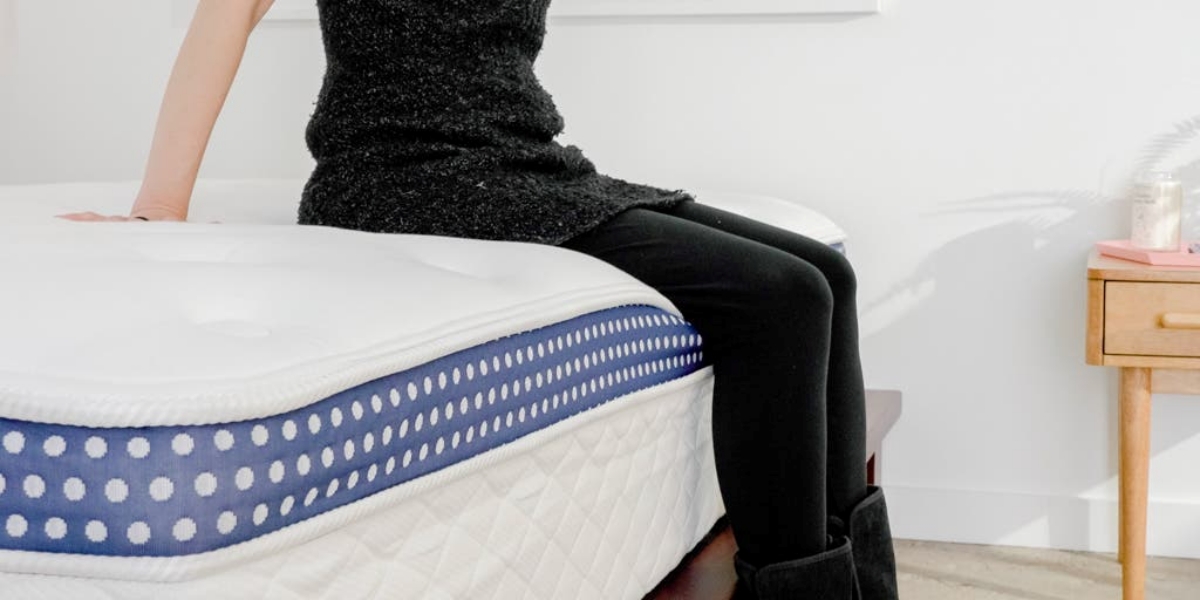
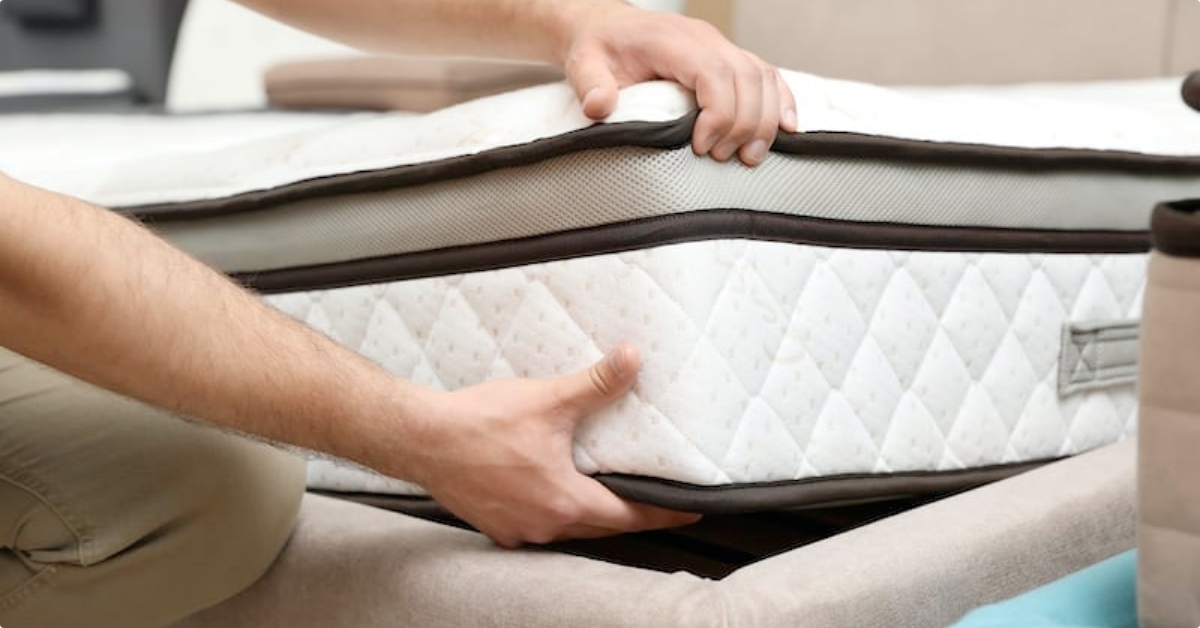



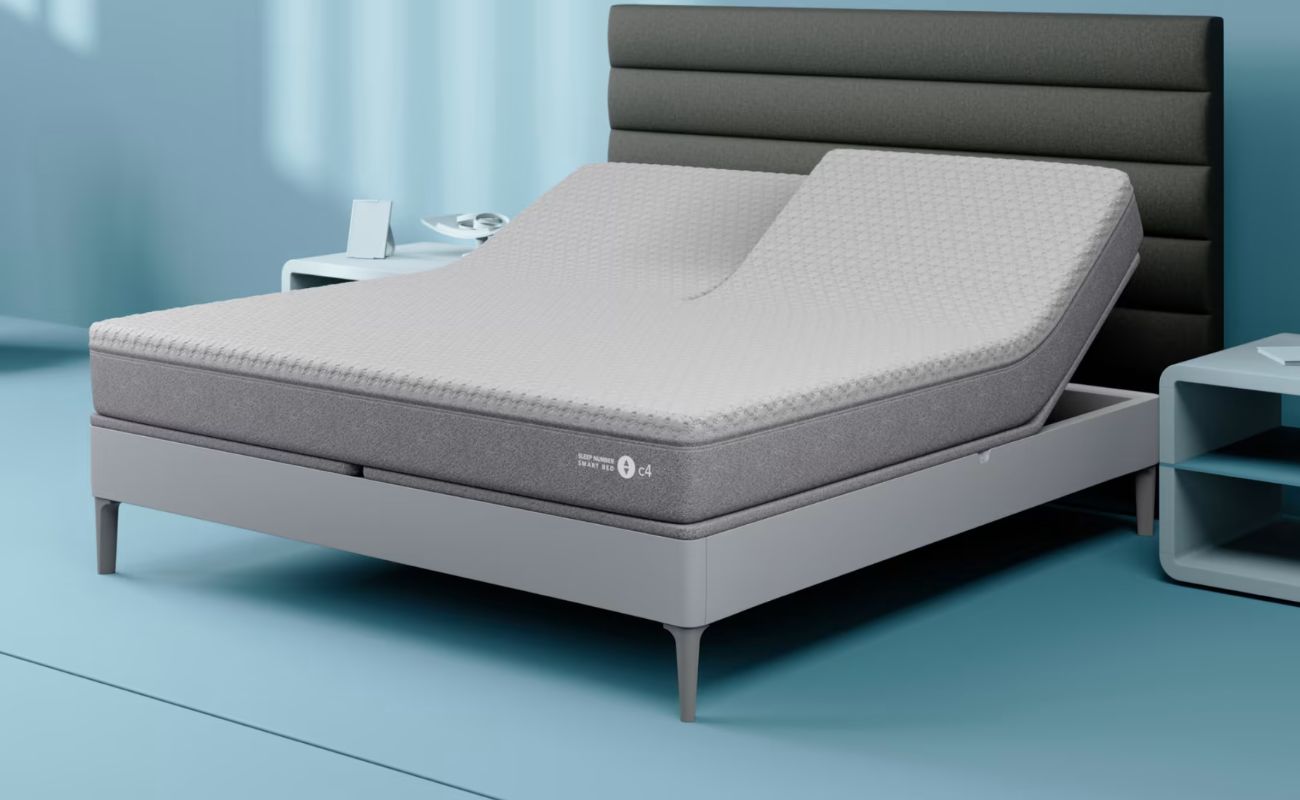

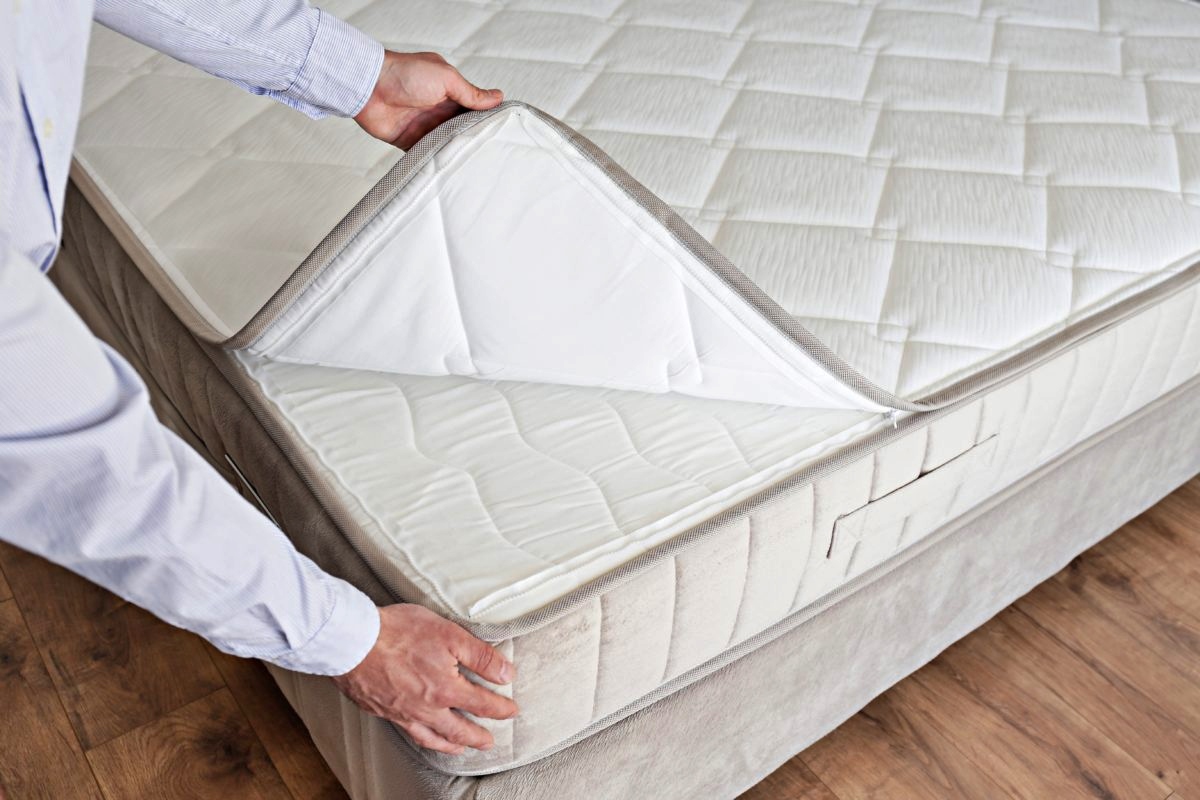
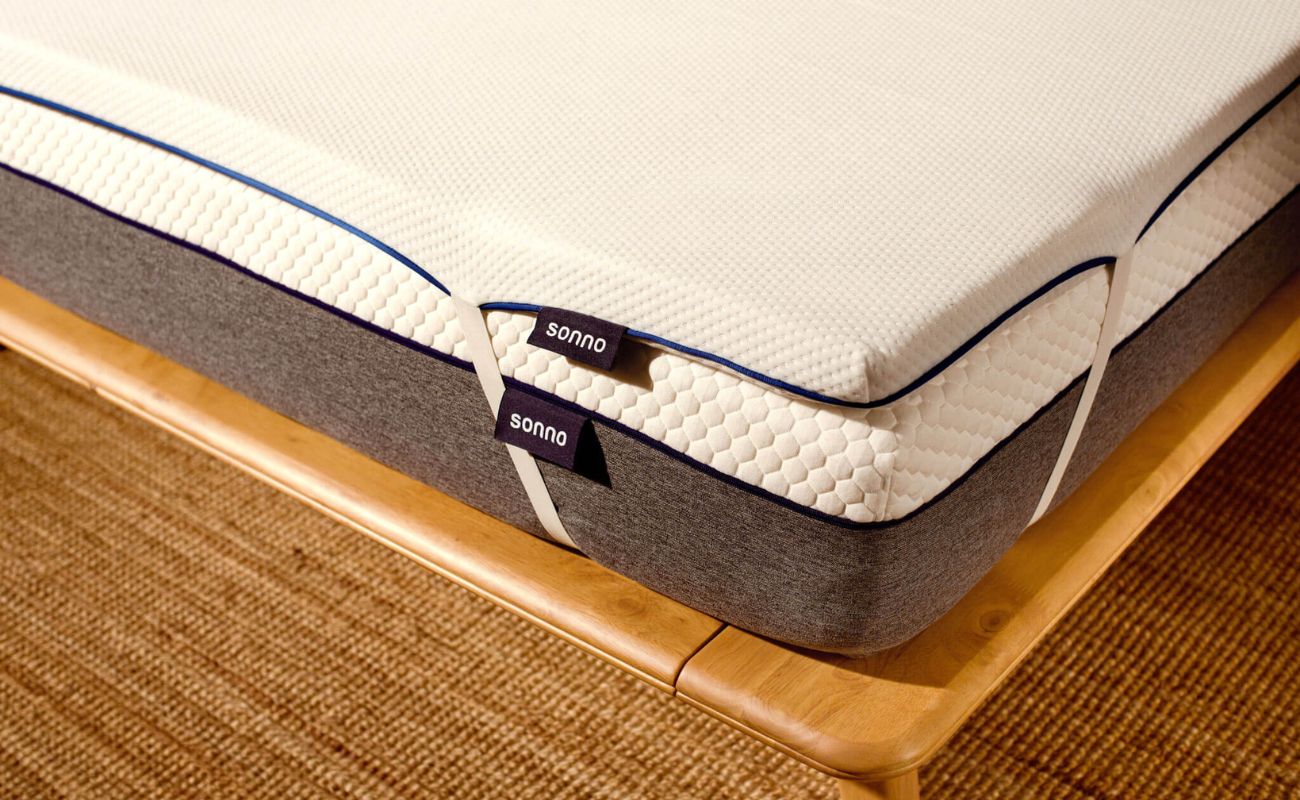




0 thoughts on “How To Choose A Mattress And Ensure Sleep Comfort”